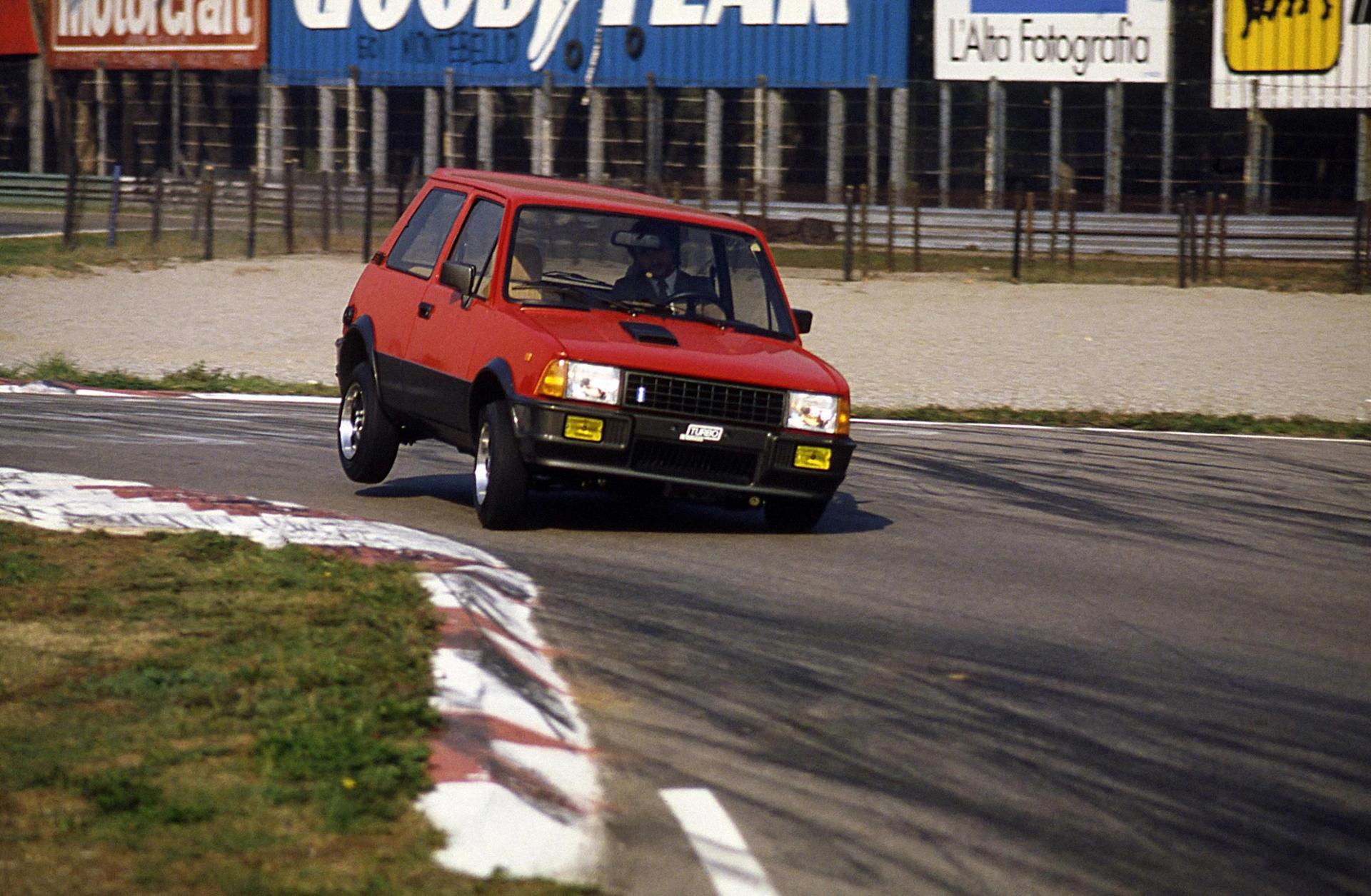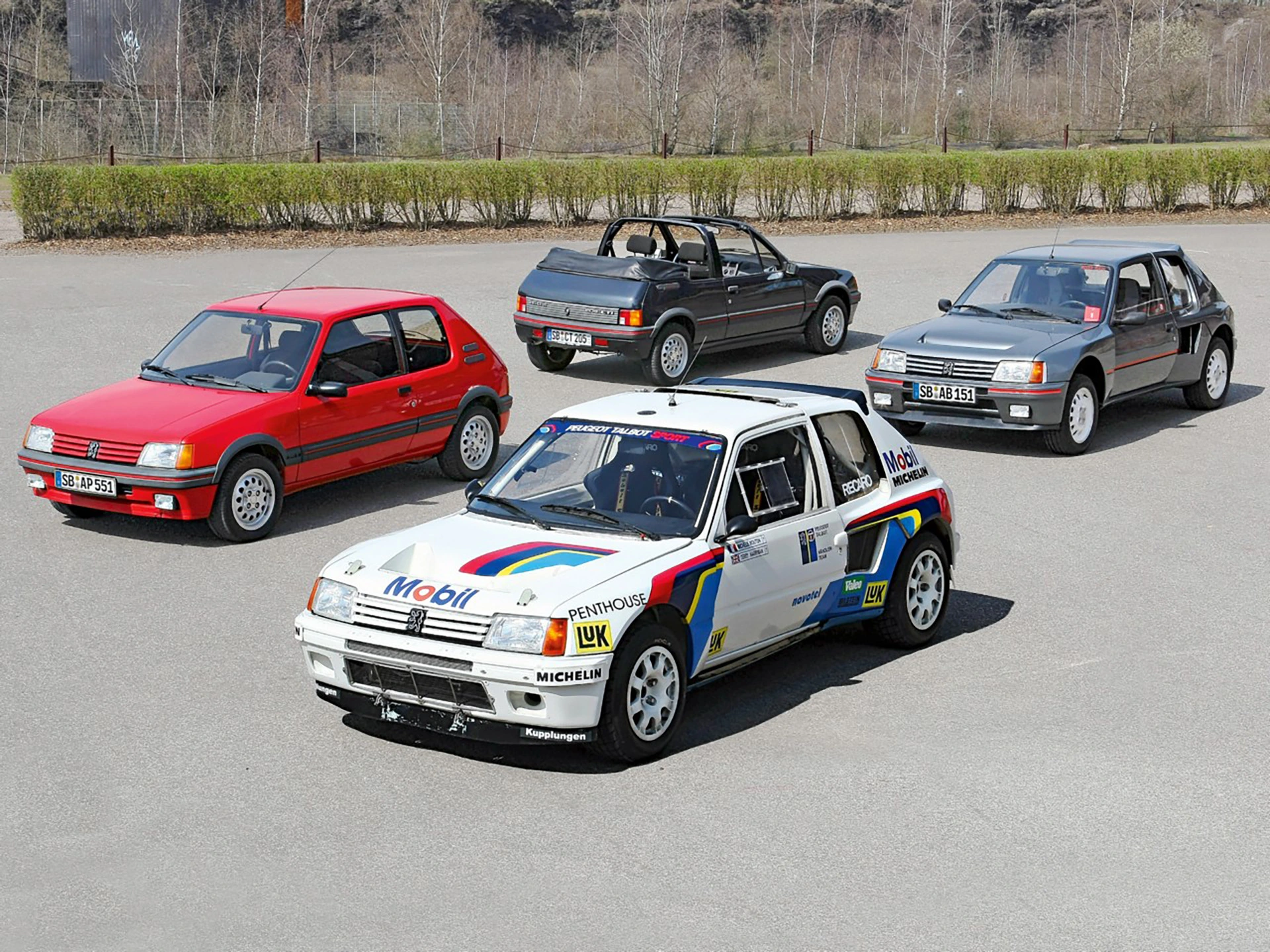Noble Sisters: Innocenti Mini De Tomaso
12 October 2024 7 min read 4 images

Photo credit: Innocenti, Wheelsage
Today, we talk about a little-known car – which makes it an interesting prospect for collectors – the Innocenti Mini De Tomaso Turbo. To fully understand the story behind this car, one must know the key figures involved in this project, which was born during a complex time for the world. The oil crisis of the early '70s, marked by the sharp rise in oil prices orchestrated by OPEC, forced the automotive industry to make tough, often painful, decisions. Among those affected was the Italian company Innocenti.
Register to unlock this article
Signing up is free and gives you access to hundreds of articles and additional benefits. See what’s included in your free membership. See what's included in your free membership.
Already have an account? Log In


